Articles by Friedhelm Gores

Hydrolyzed collagens (collagen peptides) are water-soluble products obtained by hydrolysis of natural proteins and used for dietary supplements. A simple GPC/SEC method is described for molar mass determination of collagen peptides, allowing reliable molar mass determination using ultraviolet (UV) detection.
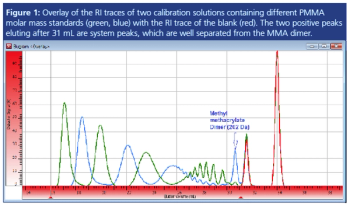
Extraneous peaks, unrelated to the solute to be characterized, are quite common in gel permeation chromatography/size-exclusion chromatography (GPC/SEC), especially when refractive index (RI) detection is used. This instalment of Tips & Tricks explains why system or ghost peaks appear and how to minimize their appearance.
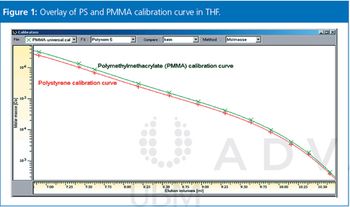
Polystyrenes (PS) are the most commonly used reference standards in gel permeation chromatography/size-exclusion chromatography (GPC/SEC) for nearly all organic GPC/SEC separations including high temperature GPC and pullulan or dextran for aqueous GPC/SEC. The majority of users rely on these standards for reproducible results. However, there is potential for improvements and this instalment of Tips & Tricks will discuss some general points that should be considered when determining calibration standards.
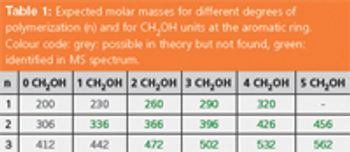
Polymer Standards Service GmbH Application Note
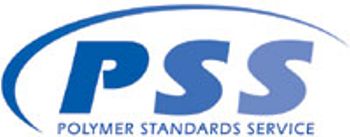
Phenol formaldehyde resins are formed by a step-growth polymerization. GPC/SEC with RI and UV detection is often used to characterize resins and to quantify the amount of different oligomeric species.

Polyols are alcohols with multiple hydroxyl groups. They are used for very different applications, such as, for example, in Feed and Food as sugar substitutes or in polymer chemistry as reactants to produce high quality products.
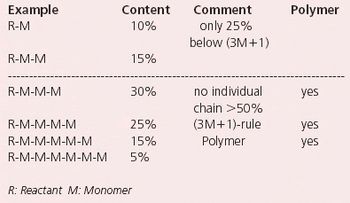
Under the registration, evaluation and authorization of chemicals (REACH) Regulations (EG) no. 1907/2006 the producer, manufacturer or importer of chemical substances/formulations have to register their products (more than 1 ton/year) at the chemical agency.













